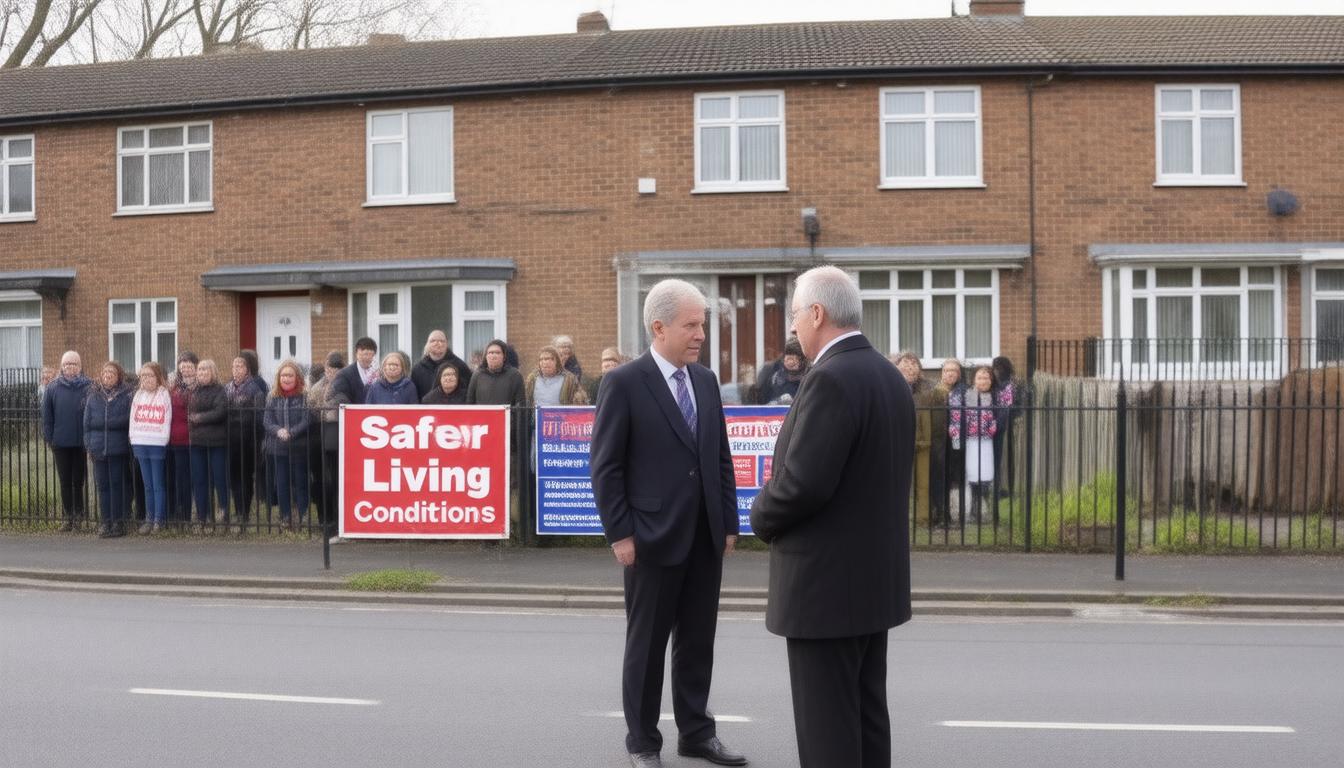Croydon Council has reaffirmed its dedication to eliminating illegal houses of multiple occupation (HMOs) within the borough as part of its ongoing efforts to enhance safety and improve living conditions. With rising concerns surrounding overcrowding and safety risks associated with unregulated housing, Mayor of Croydon, Jason Perry, emphasized the need for stringent regulation of HMOs to ensure the well-being of residents. The council previously enacted an Article 4 direction, allowing it to exercise greater control over the practice of converting properties into HMOs within designated areas. As part of this commitment, a recent enforcement operation targeted 21 properties suspected of being unlawfully operated as HMOs, spanning neighborhoods like Thornton Heath, Norbury, New Addington, Central Croydon, Addiscombe, and Purley. This proactive approach represents Croydon’s strategic response to uphold the integrity of its communities and echoes similar initiatives pursued in other outer London boroughs.
Key Takeaways
- Croydon’s Mayor is committed to tackling illegal HMOs to improve local living conditions.
- Recent enforcement operations targeted 21 properties suspected of violating HMO regulations.
- The actions reflect Croydon’s determination to uphold residential integrity similar to other outer London boroughs.
Overview of HMOs Regulation in Croydon
In a significant move towards regulating housing standards and ensuring resident safety, Croydon’s Mayor has reaffirmed the council’s commitment to tackling the issue of unauthorized houses of multiple occupation (HMOs) within the borough. With the implementation of an Article 4 direction, the council is empowered to control and limit the proliferation of HMOs in select areas, a response to growing concerns over overcrowding, poor living conditions, and safety hazards posed by unregulated properties (Croydon Council, 2024). Recently, Croydon undertook a large-scale enforcement operation that spanned several neighborhoods, including Thornton Heath, Norbury, New Addington, Central Croydon, Addiscombe, and Purley. This operation targeted 21 properties suspected of operating illegally as HMOs, reflecting a proactive approach to maintaining the quality of residential environments and ensuring that housing regulations are upheld. Such measures resonate with enforcement initiatives being adopted by other outer London boroughs, demonstrating a collective resolve to protect communities from the impacts of inadequately managed rental properties (Smith, 2024).
This ongoing commitment to housing regulation is vital as Croydon strives to enhance living standards and curb issues related to temporary accommodation, echoing a broader trend in London aimed at safeguarding residents’ rights and promoting sustainable urban living (Jones, 2024).
Ultimately, these actions exemplify Croydon’s determination to uphold the integrity of its housing landscape, ensuring that every resident has access to safe and dignified accommodation.
Recent Enforcement Operations and Community Impact
The recent enforcement operation is not just a standalone effort; it represents an ongoing strategy by Croydon Council to address the complexities of housing in a borough that has witnessed significant changes in demographic and rental patterns over the past few years. The targeted neighborhoods, such as Thornton Heath and Norbury, have seen a rise in demand for affordable rental options, leading to an influx of unregulated HMOs that often compromise living standards. According to Croydon’s housing strategy, the council aims to increase compliance among landlords and protect vulnerable tenants who may be living in substandard conditions (Croydon Council, 2024). Furthermore, community engagement plays a key role in this initiative, as local residents have been encouraged to report suspected unlawful HMOs, enhancing vigilance against potential violations. This collaborative approach highlights Croydon’s commitment to not only enforcing regulations but also fostering a sense of community responsibility. Such measures are essential in creating a sustainable housing environment, where all residents can feel secure in their homes, further reinforcing Croydon’s objectives of improving overall residential quality and livability.





